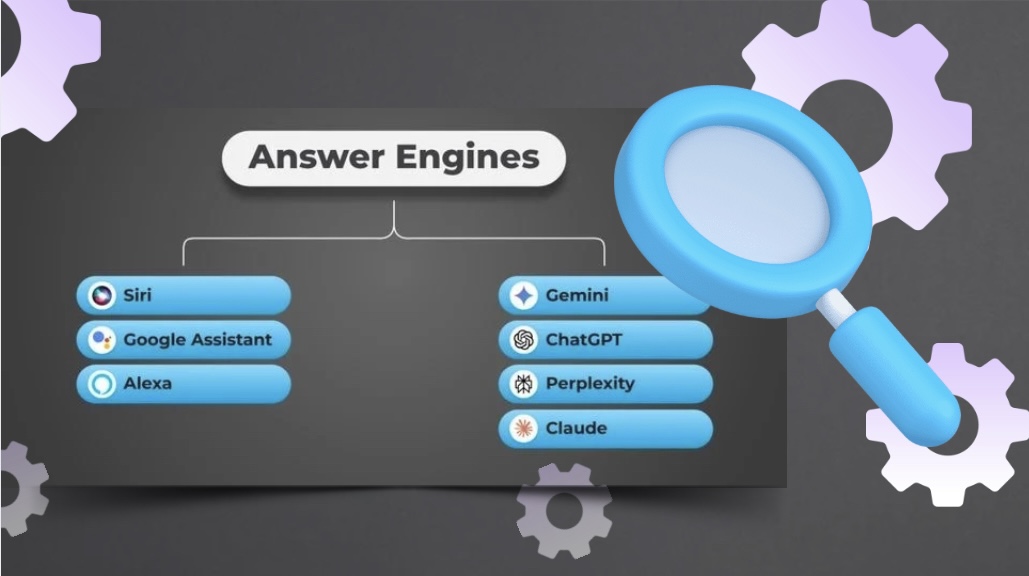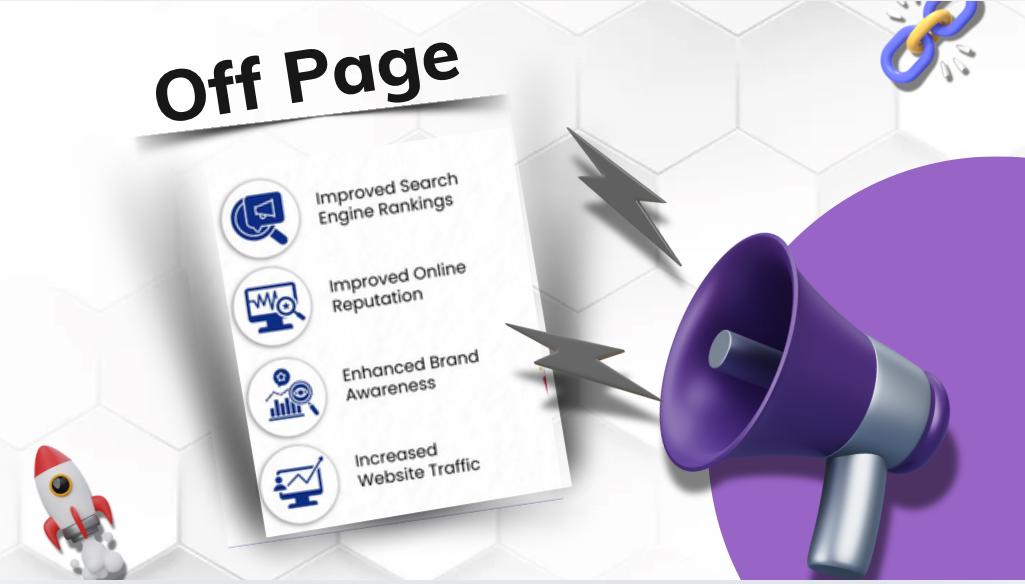Three months into launching a product, imagine your website popping up right on Google’s front page—without running a single ad. No marketing agency. No spend on clicks. Just steady traffic, coming in day after day. It sounds ambitious, but some startups pull it off. The trick? They start optimizing for search early, before the noise kicks in.
Many young businesses overlook SEO, leaning instead on short bursts of paid traffic. It works for a while. But once the money stops, so does the exposure. Organic visibility, on the other hand, doesn’t dry up overnight. Especially when you’ve tapped into local SEO services from the beginning, people searching nearby can keep finding you—even when your ad budget is zero.
This guide doesn’t talk about fluff. It highlights specific, real-world SEO strategies for startups that actually make a difference. Whether you’re bootstrapping or just trying to stretch every rupee, what follows will help you get seen—without having to shout.
Let’s start by understanding why SEO is a must-have for every early-stage startup.
Why SEO Is Critical for Early-Stage Startups
The Cost-Effectiveness of Organic Traffic
Early-stage businesses don’t have the luxury of pouring cash into ads month after month. When money’s tight, return on effort matters more than return on ad spend. That’s where organic traffic offers a real advantage. Instead of spending endlessly, you invest time once—on content, structure, and intent—and the benefits build over time. It’s this delayed but compounding reward that makes lean budget SEO for startups one of the smartest plays in a founder’s toolkit. You’re not buying visibility—you’re earning it.
How Startups Outcompete Bigger Brands with Niche Keywords
You don’t need a huge team or budget to rank. You just need to look where others don’t. Big brands usually chase the obvious stuff—broad, competitive terms. But if you dig into keyword research for startups 2025, you’ll find long-tail keywords with clear intent and low competition. These aren’t glamorous phrases, but they’re specific, and they convert. That’s where startups can find their lane. These niche opportunities aren’t about fighting giants—they’re about avoiding them entirely and owning the overlooked spaces.
Long-Term Benefits vs. Short-Term Paid Ads
Paid traffic is fast. You flick a switch and clicks come in. But when the budget runs dry? So does the traffic. SEO doesn’t work like that. With decent content and a little consistency, search visibility builds and sticks. That’s why the SEO ROI for startups often surpasses paid results in the long run. It doesn’t spike and crash—it grows. And when you’re scaling cautiously, with an eye on expenses, that’s the kind of momentum you want: stable, sustainable, and yours to keep.
Keyword Research & Mapping for Startups
Identifying Seed Keywords in Your Niche
Okay, so first things first — you want to gather a handful, maybe around 10 to 20 keywords. These should directly reflect what your product or service is about. For example, if your startup is a CRM, you might start thinking along the lines of “customer tracking,” “sales automation,” or “B2B client management.” These keywords aren’t just random words; they form the skeleton of your whole SEO strategy. If you follow startup SEO tips 2025, you’ll see why these early choices shape your entire content game plan.
Finding Low-Competition, High-Intent Long-Tails
Next up, you dive into tools — Ahrefs, Google Keyword Planner, AnswerThePublic — whatever you prefer. What you’re hunting for here are keywords that aren’t too competitive but signal strong buying intent. So, something like “free CRM for startups” might be easier to rank for than the broader “CRM software,” and it usually attracts users who want exactly what you offer. It’s also smart to mix in solid backlink strategies for startups 2025 to give your pages more weight in Google’s eyes.
Creating a Keyword Map (Spreadsheet Template)
Last step, and honestly, the one that keeps you sane: organize. Grab a spreadsheet and start sorting your keywords. Group them by the kind of content you’ll create, where the user is in their buying journey, and what intent they have when searching. Our keyword map template startup is handy here, helping you avoid messing up your own rankings by accidentally targeting the same phrase with multiple pages. Keeping this tidy can save you a headache and keep your SEO work efficient.
Answer Engine Optimization (AEO)
Most founders think SEO ends at ranking #1. But these days, that’s just the start. People ask questions directly—on Google, Alexa, ChatGPT, even their watches. And platforms don’t just list links anymore; they answer. That’s where Answer Engine Optimization (AEO) comes in.
AEO is about shaping your content so search engines can confidently use it as an instant answer—in a featured snippet, in a People Also Ask box, or as part of a voice search response.
If you’re a startup trying to gain visibility in crowded spaces, AEO helps your brand cut through—without relying on users to even click. Your words do the talking before the site loads.
AEO tips that actually work:
- Answer key customer questions clearly, within 40–60 words.
- Use proper subheadings to segment your answers—H2s, H3s, bullet points.
- Add FAQ schema or structured data for AI, which helps with voice search optimization.
- Write naturally, using phrases real people search (e.g., “How does [your startup] work?” or “What’s the best way to [solve X]?”).
With AI Overviews now shaping how results are summarized and shown, your content has to be both relevant and digestible. AEO bridges that gap.
Generative Engine Optimization (GEO)
While AEO helps you answer global questions, GEO ensures your startup shows up locally, right where demand lives. And no, it’s not just for brick-and-mortar businesses.
Generative Engine Optimization (GEO) is a rising practice that positions your brand inside AI search results—the kind synthesized by tools like ChatGPT, Perplexity, and Gemini. These platforms aren’t just scanning keywords—they’re citing answers. If your content isn’t structured for citation visibility, it gets overlooked.
At the same time, traditional Geographic SEO still matters. If someone searches for “best AI startup in Bangalore” or “salon at home in Delhi,” they’re showing intent—and GEO is how you meet it.
Actionable GEO tactics for startups:
- Build landing pages around specific cities or regions you serve.
- Maintain consistent NAP (Name, Address, Phone) info across your site and directories.
- Use Google Business Profile—fill it completely and keep it fresh.
- Add AI-specific metadata like llms.txt to help LLMs understand your site.
- Publish locally relevant content that feels trustworthy and human-written.
Whether you’re aiming for the map pack or the AI-generated answer card, GEO makes sure your startup’s voice reaches the right audience—right where they’re looking.
On-Page SEO Essentials
Crafting SEO-Friendly Title Tags & Meta Descriptions
Okay, first up—title tags. Keep ’em short, under 60 characters, or they get cut off. Meta descriptions? Same deal—aim for around 160. Your primary and secondary keywords? They need to be there, but gently. Always sounds better if you read it after you write it. A sprinkle of excitement—maybe a number, maybe a call-to-action—can sneak in some engagement juice.
(Internal link: Link to Blog #5 “Marketing Automation Guide”)
Optimizing Header Tags (H1, H2, H3) with Secondary Keywords
One H1 tag—only one—and it sets the scene. After that, H2s and H3s break things down, section by section. Stuff in your secondary keywords? Sure. But only if they wiggle in smoothly. If they don’t, toss ’em. A rock-solid header tag structure for startups makes your page easier to scan. And scans = readers staying longer. That’s a win.
Internal Linking for Topical Authority
Let’s talk internal linking for SEO startups. It’s not random. It’s deliberate. Link a blog post to a service page on the same topic, or vice versa. Why? Users click, they stick around. And search engines pick up on it too—crawl depth improves, your topical authority grows.
(Internal link: Link to Blog #1 “High-Converting Website Design”)
Image Optimization & Alt Text Best Practices
Here’s something easy to miss: image compression. Big files = slow pages. Also—filenames matter. Instead of the generic “image1.” rename it startup SEO infographic example.png. Then add your alt text. Alt text = accessibility + SEO points. It all adds up.
Technical SEO Checklist for Startups
Ensuring Mobile Responsiveness & Core Web Vitals
These days, most folks browse your site from their phones. So, yeah—if your site isn’t mobile-friendly, that’s a problem. Stick with responsive themes that adapt smoothly across screen sizes. As for performance, take a peek at Google’s Core Web Vitals—they’ll show you how fast and stable yourmobile experience really is. A mobile responsiveness startup site that nails this? It keeps users engaged and rankings healthy.
XML Sitemap & Robots.txt Configuration
Want search engines to find your pages? Then you need two things: a solid XML sitemap and a robots.txt file that isn’t blocking the good stuff. Tools like Yoast or Rank Math can help generate the sitemap for you. As for your robots.txt, double-check it’s not telling Google to ignore important parts of your site. A sitemap generator startup site process helps make sure nothing gets lost in the shuffle.
Fixing Crawl Errors & 404s (Google Search Console Tips)
You can’t fix what you can’t see—so open up Google Search Console. That’s where the problems show up. Use it like a toolkit: find crawl errors, locate broken links, and figure out why some URLs go missing. The Google Search Console tutorial startups rely on can point you to 404s that need redirection or fresh content. Patch the gaps and keep those crawlers happy.
Site Speed & Caching Setup
Speed is a ranking factor. Use caching plugins like WP Super Cache and CDNs like Cloudflare. Image compression and lazy loading help too. Implement a site speed optimization for startups checklist to boost performance.
Off-Page SEO & Link-Building for New Domains
Guest Posting on Niche Blogs (Outreach Template)
There’s still something surprisingly effective about guest blogging—especially in tight niches. If you’re reaching out cold, don’t overthink it. Keep it under three lines. The idea is to sound like a person, not a press release. Here’s a guest posting startup SEO outreach template I’ve seen actually get responses:
“Hi [Name], I really liked your recent post on [Topic]—super helpful. I’ve written something new about [Related Topic] and thought it could add value to your readers. Would a guest post be of interest?”
Stay sharp, friendly, and above all—real.
Building Local Citations & Directories (If Applicable)
If you operate within a specific region, don’t skip this step. Add your startup to directories people in your area actually use. Yelp, Justdial, Google Business Profile—go where it matters. But here’s the catch: your NAP info must match. Even a small inconsistency—like “St.” vs. “Street”—can weaken the impact. Local citations for startups need to be handled with the same precision you’d use on your product listings. One sloppy detail can mess up your visibility.
Earning Backlinks via Resource Pages & HARO
Some of the best backlinks don’t come from outreach—they come from relevance. Resource page link building startup tactics are built around this: find curated lists where your startup belongs and politely ask for a spot. Don’t oversell. Just show how it fits. And if you’re not using HARO yet, try it. Journalists are always on the hunt for quick, quotable insights—and if you respond well, you can land a backlink from a top-tier media site. It’s worth the effort.
Social Signals & Brand Mentions
Let’s be clear—likes and retweets don’t directly improve your search rankings. But they do something else: they get your name circulating. If someone tags your post, mentions your brand in a forum, or shares your blog, that creates visibility and trust. These are the social signals for startup SEO that actually move the needle. It’s not a strategy you game; it’s one you build by showing up, providing value, and being worth talking about.
Why Smart SEO Needs Automation—and How Gonzo Delivers It
SEO isn’t what it used to be. These days, it’s less about doing more, and more about doing things right—and faster. That’s where automation as a service starts making real sense. It’s not magic, just smart work. Some folks still chase every metric by hand, but with AI-powered automation services, the grind disappears. Gonzo’s been ahead of this curve for a while. Maybe that’s why many call them the best digital marketing agency—not because they follow trends, but because they quietly build what works while others are still figuring it out.
Conclusion
Growing your startup’s SEO isn’t about hacks or chasing flashy trends. It’s about doing the right things—consistently. Think long-tail keywords that match what people are really looking for. Write titles that make sense, use alt text that helps, and keep your site clean, quick, and mobile-friendly. Don’t force backlinks—earn them through honest outreach, real partnerships, or useful content. It’s slow work, yes. But it builds something far more valuable: trust and steady, lasting visibility.







